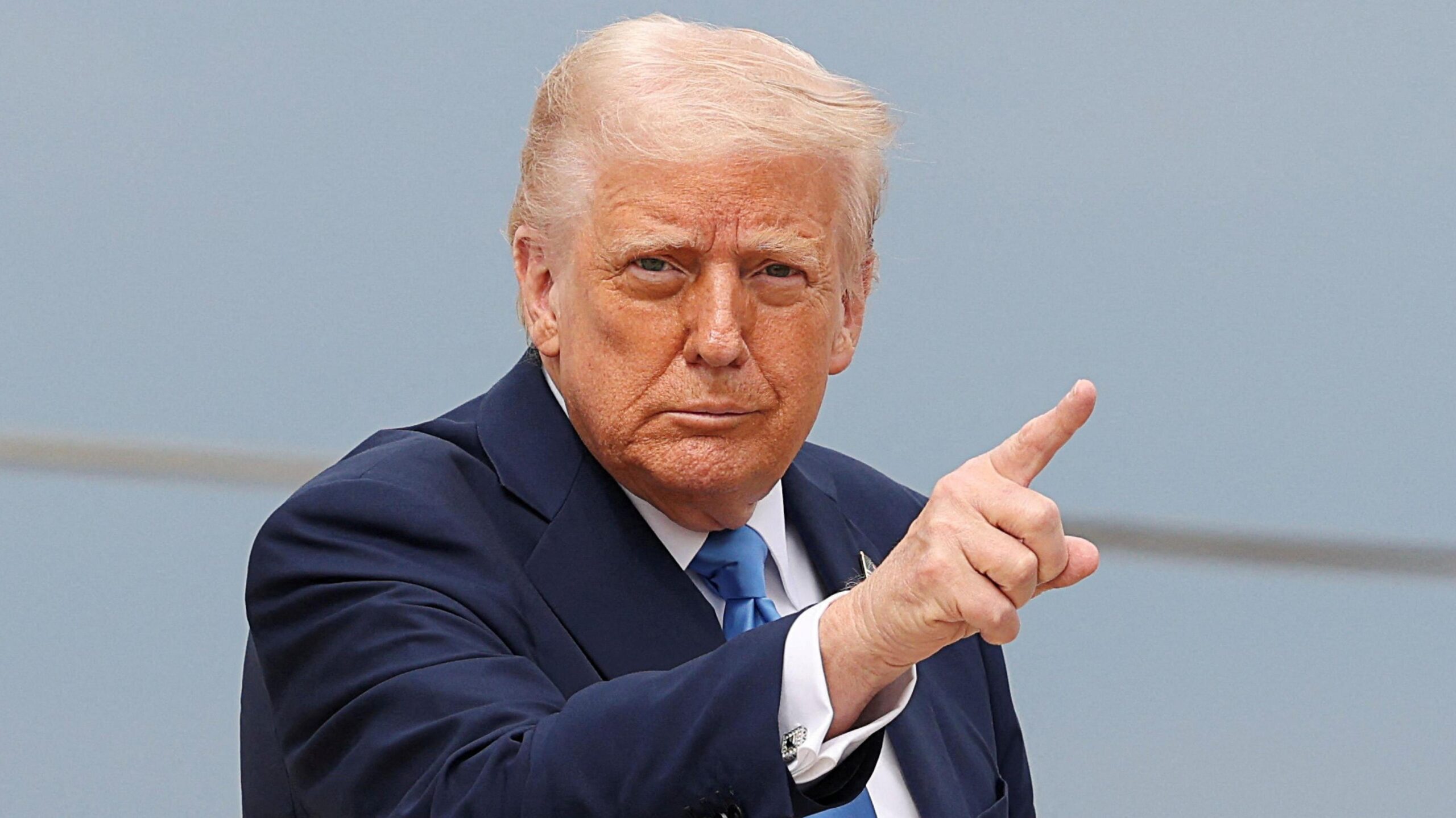This week marks the 100th day of U.S. President Donald Trump’s second term, a moment traditionally used to assess a new administration’s early trajectory. The milestone has its origins in Franklin Roosevelt’s presidency, when, in 1933, FDR signed dozens of bills and executive orders that helped lift the nation out of the Great Depression.
While symbolic, the 100-day marker can highlight a president’s priorities, wins, and stumbles. For Trump, it’s also a chance to compare his current administration with both his first term and his predecessors, especially when it comes to delivering on campaign promises.
Executive Orders: 142 and Counting
Since his January 20 inauguration, Trump has signed 142 executive orders, according to the Federal Register and the American Presidency Project. That includes 37 signed in his first week alone — not counting additional memorandums and proclamations.
He surpassed Roosevelt’s 100-day record of 99 executive orders in late March. Most of his orders focus on areas like shrinking the federal government, immigration, foreign policy, energy, and tariffs.
Some controversial orders — such as the ban on transgender military service and the freeze on foreign aid — have been temporarily blocked in court. The Supreme Court is set to hear arguments in May on another key order aimed at revoking birthright citizenship.
Biden-Era Policies Overturned: 100+ Reversed
Trump’s flurry of executive actions also includes repealing more than 100 orders issued by former President Joe Biden. Seventy-eight were revoked within hours of Trump’s swearing-in, with additional rollbacks targeting voter registration and census rules.
The American Presidency Project notes that Biden had once held the record for reversing a predecessor’s orders, but “Biden’s record-setting has been easily surpassed by Trump 2.0.” The back-and-forth underscores the vulnerability of major policies built on executive action alone.
Legislative Wins: Only Five Laws Signed
Trump has signed just five bills into law, including the Laken Riley Act and three resolutions overturning Biden-era regulations. It’s the fewest by any president in the modern era — even fewer than George W. Bush’s seven in 2001.
In comparison, Trump signed 28 laws in his first 100 days during his first term. Biden passed 11, including a major COVID-19 relief package.
Legal Challenges: Over 200 Lawsuits Filed
More than 200 lawsuits have been filed against the Trump administration’s policies so far. A tracker from Just Security lists 210 legal challenges, while Lawfare documents at least 258. Most are tied to immigration enforcement and restructuring of the federal workforce.
Approval Rating: 42% and Falling
Trump’s approval rating has dipped to 42%, down from 45% in March, according to a recent NPR/PBS NewsHour/Marist poll. During his first term, his approval never exceeded 44%, and he left office in 2021 with a 38% rating.
Biden, by contrast, reached 53% approval at his 100-day mark but saw sharp partisan divides and a decline over time. He also left office at 42%.
Pardons: Dozens Issued, Including Jan. 6 Defendants
Trump has granted 39 official pardons, along with a sweeping early-term proclamation pardoning around 1,500 people involved in the January 6 Capitol riot. Fourteen individuals affiliated with extremist groups such as the Proud Boys and Oath Keepers had their sentences commuted.
This is a significant departure from his first term, when he didn’t issue a pardon until August 2017. Biden waited more than a year to issue his first.
Federal Workforce: Tens of Thousands Laid Off
Trump has pushed aggressively to reduce the federal workforce, primarily through a new agency called the Department of Government Efficiency (DOGE), led by Elon Musk.
The administration says 75,000 workers accepted buyouts in the first phase of what’s been dubbed the “Fork in the Road” plan. However, mass layoffs have caused chaos, with some terminations reversed through legal means. The cost-saving impact of DOGE remains unverified.
Immigration: Border Crossings at Record Lows
Trump’s border crackdown is already showing dramatic results. U.S. Customs and Border Protection recorded just 7,180 southwest border crossings in March — the lowest number in history.
This is a sharp drop from the 155,000 monthly average over the past four years. Trump campaigned on the promise of the largest deportation operation ever, and his administration has begun detaining and removing immigrants regardless of legal status — though not without legal and political resistance.
Tariffs: Highest Rates in Over a Century
The administration has enacted sweeping tariffs, including a 10% base rate on all imports and 25% on steel, aluminum, and auto parts. Targeted tariffs on China, Canada, and Mexico are in effect, while negotiations continue with dozens of other nations.
The Yale Budget Lab estimates an average effective tariff rate of 28% — the highest since 1901. Economists warn that global market instability and domestic inflation may follow.
Inflation: Down Slightly, But Risks Ahead
Trump vowed to “end inflation” on Day 1. While March’s annual inflation rate dropped to 2.4% — a six-month low — experts say it may be short-lived. Tariff-driven price hikes could cause inflation to climb again later in the year.
Trump’s first 100 days in his second term have been marked by bold moves and deep reversals of his predecessor’s work. Whether these changes prove lasting or fragile remains to be seen — but they’ve undeniably set the tone for the road ahead.






